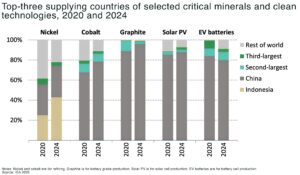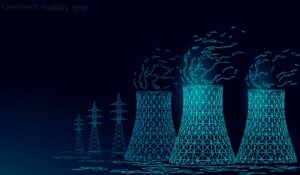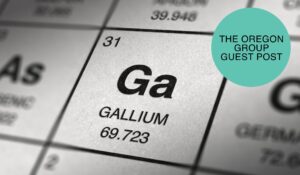The Inflation Reduction Act (IRA) generated a lot of headlines were all about climate goals, clean energy tax credits, and big-ticket federal spending. But what does it actually mean for the U.S. battery sector and thus for battery metal demand?
The $7,500 EV Tax Credit Got a Makeover: Under the IRA, the $7,500 incentive is now tied to where the battery components and minerals come from. Specifically, they need to be sourced or processed in North America or from free-trade partners.
New Rules, New Deadlines: Starting in 2023 and phasing in through 2029, the EV credit comes with strings: at least 40% of critical minerals (like lithium, nickel, and cobalt) must come from approved sources, rising to 80% by 2027. Battery components must meet a separate threshold, too.
Domestic Content Bonus = More Manufacturing Incentives: The law offers bonus credits for manufacturers who use U.S.-made battery cells and modules.
Production Tax Credit for Battery Makers: U.S. manufacturers of battery cells, modules, and even electrode active materials now qualify for a production tax credit.
The Mineral Processing Push: U.S. companies can now access funding and tax credits for refining lithium, nickel, and other critical minerals at home.
Battery Recycling Is on the Radar: The IRA allows recycled materials to count toward the “domestic content” thresholds for EV tax credits. Don’t hold your breath on recycling make a big difference though.
Billions for Loan Guarantees and Grants: The Department of Energy got a fresh $40 billion boost for loan programs, much of which is going toward battery supply chain projects—mining, refining, manufacturing.
Foreign Entity of Concern Clause: Batteries with components or minerals from “foreign entities of concern” (read: China) will eventually be disqualified from earning the EV tax credit.
I wouldn’t say it’s a gamechanger but it is progress.
Anthony Milewski
Chairman, Nickel 28 Capital




















